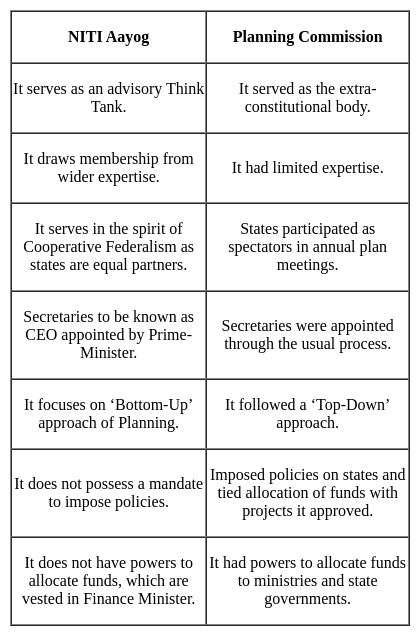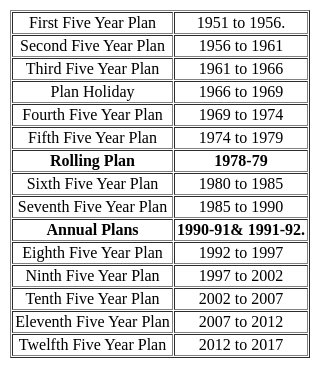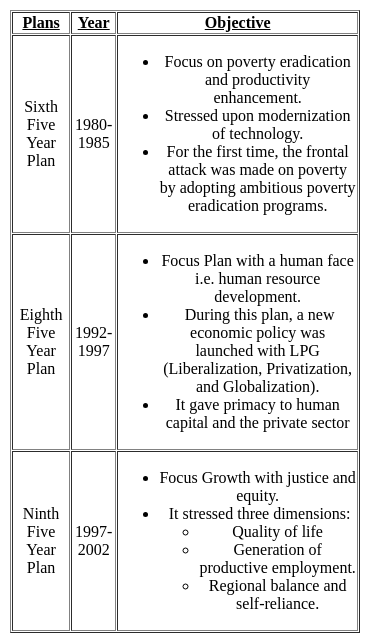Software Development Exam > Software Development Tests > Test: General Awareness (Economy) - Software Development MCQ
Test: General Awareness (Economy) - Software Development MCQ
Test Description
10 Questions MCQ Test - Test: General Awareness (Economy)
Test: General Awareness (Economy) for Software Development 2025 is part of Software Development preparation. The Test: General Awareness (Economy) questions and answers have been prepared
according to the Software Development exam syllabus.The Test: General Awareness (Economy) MCQs are made for Software Development 2025 Exam.
Find important definitions, questions, notes, meanings, examples, exercises, MCQs and online tests for Test: General Awareness (Economy) below.
Solutions of Test: General Awareness (Economy) questions in English are available as part of our course for Software Development & Test: General Awareness (Economy) solutions in
Hindi for Software Development course.
Download more important topics, notes, lectures and mock test series for Software Development Exam by signing up for free. Attempt Test: General Awareness (Economy) | 10 questions in 10 minutes | Mock test for Software Development preparation | Free important questions MCQ to study for Software Development Exam | Download free PDF with solutions
Detailed Solution for Test: General Awareness (Economy) - Question 1
Test: General Awareness (Economy) - Question 2
NITI Aayog replaced planning commission during which of the following five year plan?
Detailed Solution for Test: General Awareness (Economy) - Question 2
Test: General Awareness (Economy) - Question 3
In which five year plan Jawahar Rojgar Yojna was launched in which five year plan?
Detailed Solution for Test: General Awareness (Economy) - Question 3
Detailed Solution for Test: General Awareness (Economy) - Question 4
Test: General Awareness (Economy) - Question 5
Who determines the minimum support price in India?
Detailed Solution for Test: General Awareness (Economy) - Question 5
Test: General Awareness (Economy) - Question 6
For first time Private sector was given priority compared to the public sector in.
Detailed Solution for Test: General Awareness (Economy) - Question 6
Test: General Awareness (Economy) - Question 7
The first Economic Survey of India was presented in the year ________.
Detailed Solution for Test: General Awareness (Economy) - Question 7
Test: General Awareness (Economy) - Question 8
Which of the following does not describe Indian Economy?
Detailed Solution for Test: General Awareness (Economy) - Question 8
Test: General Awareness (Economy) - Question 9
Which of the following is not a part of new economic reforms?
Detailed Solution for Test: General Awareness (Economy) - Question 9
Test: General Awareness (Economy) - Question 10
The new agricultural strategy called 'Green Revolution' was initiated in ________.
Detailed Solution for Test: General Awareness (Economy) - Question 10
Information about Test: General Awareness (Economy) Page
In this test you can find the Exam questions for Test: General Awareness (Economy) solved & explained in the simplest way possible.
Besides giving Questions and answers for Test: General Awareness (Economy), EduRev gives you an ample number of Online tests for practice
Download as PDF





















